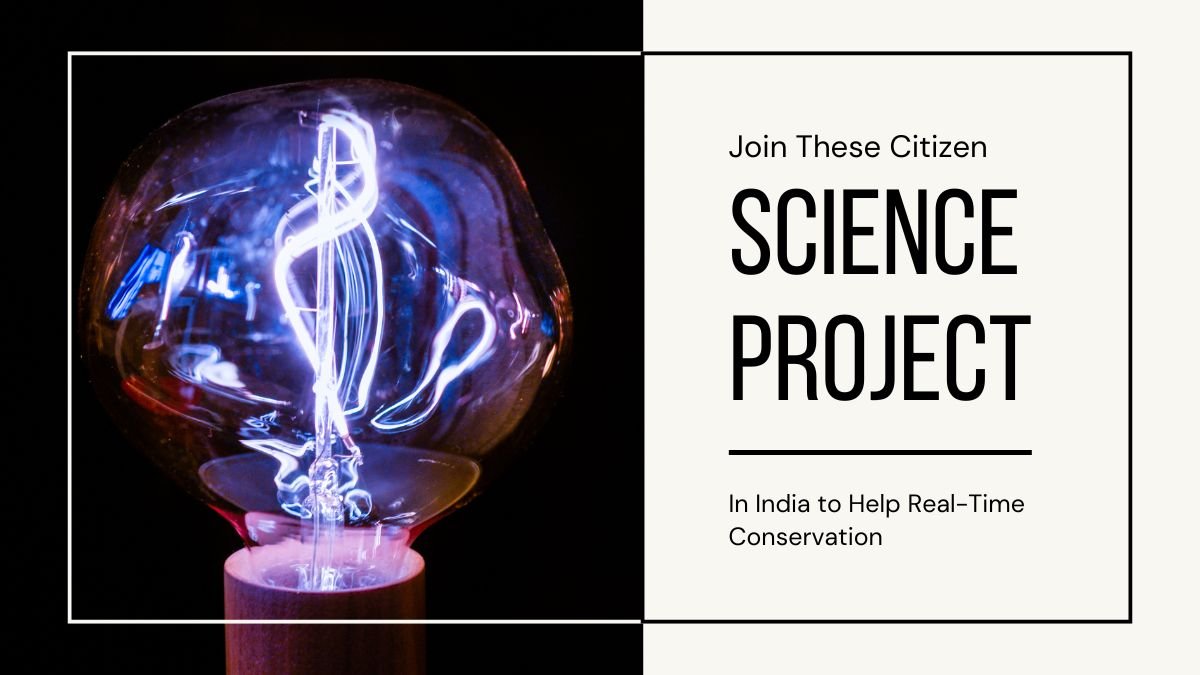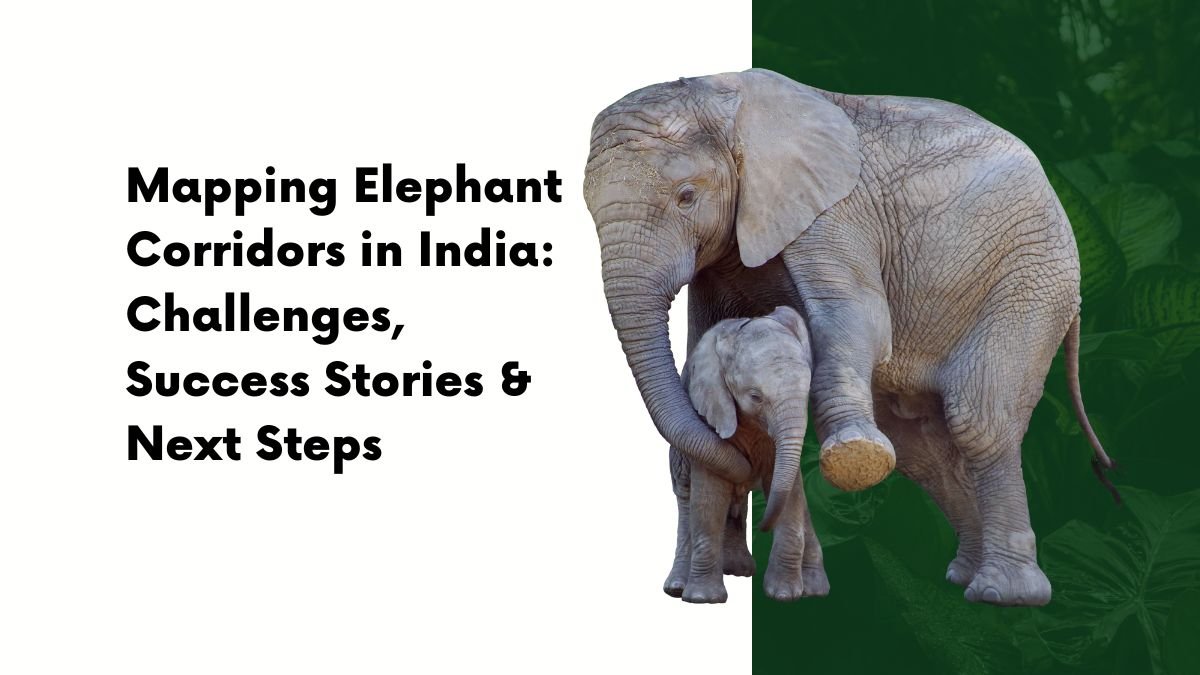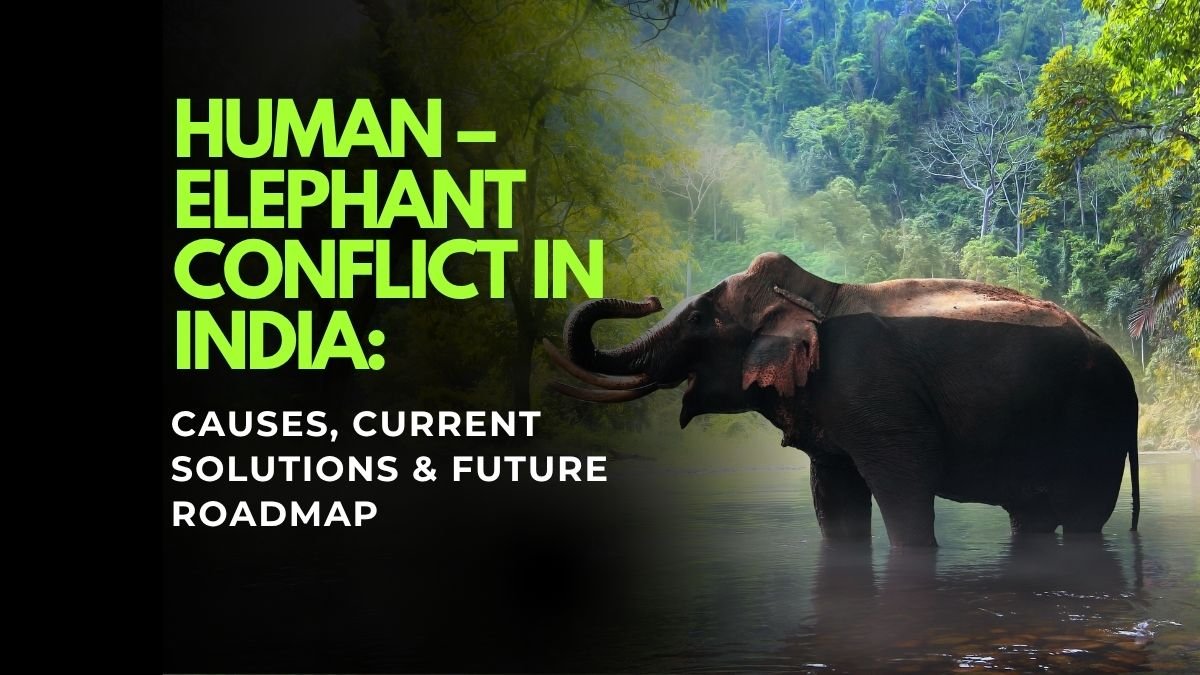Join these citizen science projects in India and play an important role in real-time conservation
These citizen science projects have been witnessing participation of a large number of common people and bringing about changes in biodiversity and environmental conservation in India to a great extent. If nature beckons you, take this opportunity to make a difference. Participation in these national projects would help scientists in collating data on wildlife, birds, plants, and their ecosystems.
This article will not only tell about these projects, but will also explain how you can join and how much your contribution matters.
Major Citizen Science Projects in India
1. iNaturalist India – Record the biodiversity around you
iNaturalist India is an online platform where you can upload photos and information about plants, insects, birds, mammals and other creatures seen around you. Every post of yours helps scientists understand which species are where in India and how is their health.
How it works:
- Register on mobile app or website
- Take photo with your mobile camera
- Identify the species (or get help from the community)
- Upload with location and date
Example: You saw a rare butterfly in a park, taking a photo of it and uploading it on iNaturalist proves the presence of that species.
2. eBird India – Paradise for bird lovers
eBird India is a worldwide citizen science project, specially designed for birdwatching. Here you can record the number and species of birds you have seen. These data help in understanding the migration, breeding and population patterns of species.
How to participate:
- Create an account on the eBird website or app
- Upload a checklist of your birdwatching session
- Enter the number of birds, species, when and where you saw them
Example: You see bulbuls, mynas and pigeons while walking in the park in the morning. Entering them on eBird sends the information to researchers.
3. Wildlife Conservation Society (WCS) India – Professional level conservation
WCS India is a trusted organization that works on wildlife conservation in many protected areas in India. You can volunteer here and participate in activities like data collection, camera trapping, patrol monitoring and species counting in the forests.
Important things:
- Apply on the WCS website
- Attend training sessions after selection
- Work on-ground with field teams
Benefits: This experience is especially useful for young people who want to make a career in wildlife conservation, environmental science or forestry.
4. The Great Indian Bird Count – A National Bird Survey Festival
The Great Indian Bird Count (GIBC) is an annual event in which every Indian citizen gets an opportunity to count the birds in their area. It is a kind of nationwide ‘bird census’.
How to participate:
- Select a day in your area
- Count birds for 15–30 minutes
- Upload data to eBird
Why is it important?
This program gives scientists an idea of the state of bird diversity in India, so that plans can be made for their protection.
5. Citizen Science for Conservation (CS4C) – Conservation at the community level
CS4C is a platform that connects the general public in many types of conservation work. In this, you can participate in cleaning forests, planting trees, tracking wildlife, installing camera traps and public awareness campaigns.
Key aspects:
- Climate change projects
- Community-based conservation
- Biodiversity surveys in rural areas
Impact: The project brings positive change to the environment as well as people’s lives.
How to join these projects?
- Visit the website – Each project has its own official website where you can register.
- Take workshops and training – Many organizations also conduct online and offline training sessions to help you collect data properly.
- Connect with local organizations – Contact environmental groups working in your area. They are often local representatives of these projects.
- Use social media – Updates of these projects are available on social media, from where you can get information about new activities.
Impact of participation – You can be part of change
When you join a citizen science project, you are not just pursuing a hobby, but becoming a participant in a larger cause.
Key Benefits:
- Help in conservation strategies: The data you share is invaluable to scientists and policymakers.
- Increase in natural understanding: You get to know more about the biodiversity around you.
- Increase in public participation: When common people get involved, a collective consciousness is created, which makes the society aware about the environment.
- Spirit of leadership among youth: These projects teach youth leadership and social responsibility.
Conclusion
Biodiversity and environmental conservation in India is not just the responsibility of the government or scientists — it is the shared responsibility of all of us. Through citizen science projects, common citizens can also make an important contribution in protecting nature You can donate.
Whether you are a student, teacher, photographer or just a nature lover — by participating in these projects, you can not only serve the environment but also be a part of a learning journey.
So what are you waiting for? Join a project today and become India’s environmental protector.















